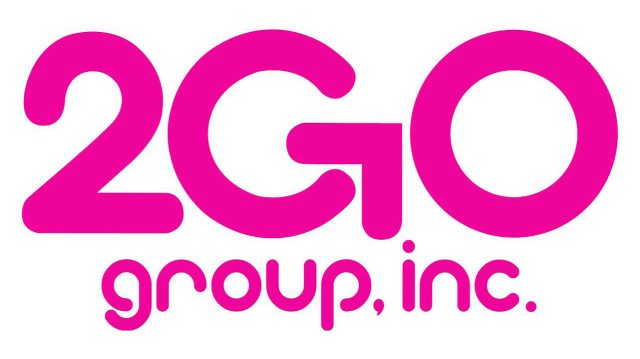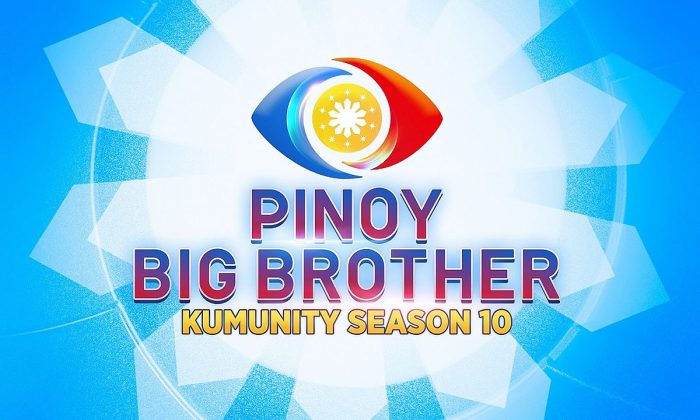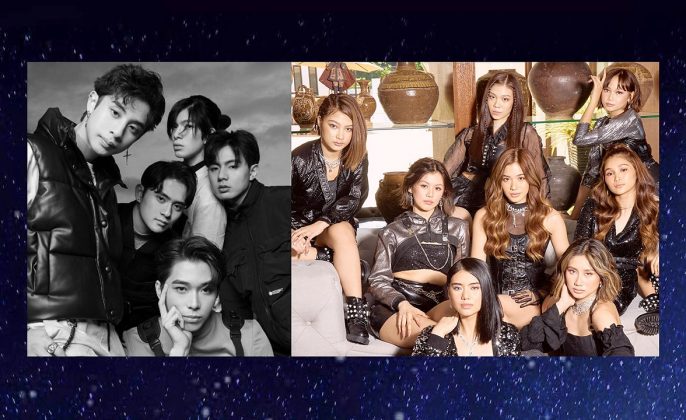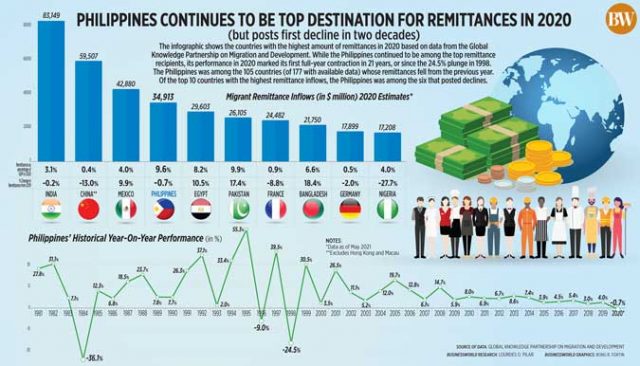PNCC flagged for plan to rent out Pasay property at below-market prices
THE Privatization and Management Office (PMO) has sought a review of the plan of state-run Philippine National Construction Corp. (PNCC) to develop and lease out the government’s 9.9-hectare property in Pasay City at below fair market value.
The PMO said PNCC’s proposal was to rent out the real estate in the Financial Center Area (FCA) along Macapagal Avenue, Pasay City for P300 per square meter under a 25-year contract, that can be renewed for another 25 years, the Department of Finance (DoF) said in a press release on Thursday.
“[The rental fee of P300 per square meter] does not reflect fair market values and may be disadvantageous to the government,” said PMO Chief Privatization Officer Gerard L. Chan in his July 26 letter.
He added the firm’s P500-per square meter rental fee for construction company Pacific Concrete Products, Inc., which currently occupies three hectares of the FCA property, also seems to be outdated compared with current market rates.
The PMO also said the plan also did not consider how PNCC will pay off the P66-billion debt it owes the national government and other state-run firms Development Bank of the Philippines, Philippine Guarantee Corp., and National Development Corp. on top of the P8.35 billion it owes to the Toll Regulatory Board, based on a 2018 audit report.
The Commission on Audit also noted that PNCC left the property idle for three years, which resulted in foregone revenues of P1.5 billion.
“The PMO is unable to give its concurrence (to the PNCC proposal) because, number one, that asset is a government asset and they (PNCC) haven’t taken any steps regarding the settlement of their obligations to the national government; and, number two, their proposed rent is below market value,” Mr. Chan said in his report to the DoF.
BusinessWorld sought PNCC for comment but did not get a response by the paper’s deadline.
The state-run firm aims to develop, construct and manage toll roads, as well as engage in other infrastructure projects of the government. — Beatrice M. Laforga



















